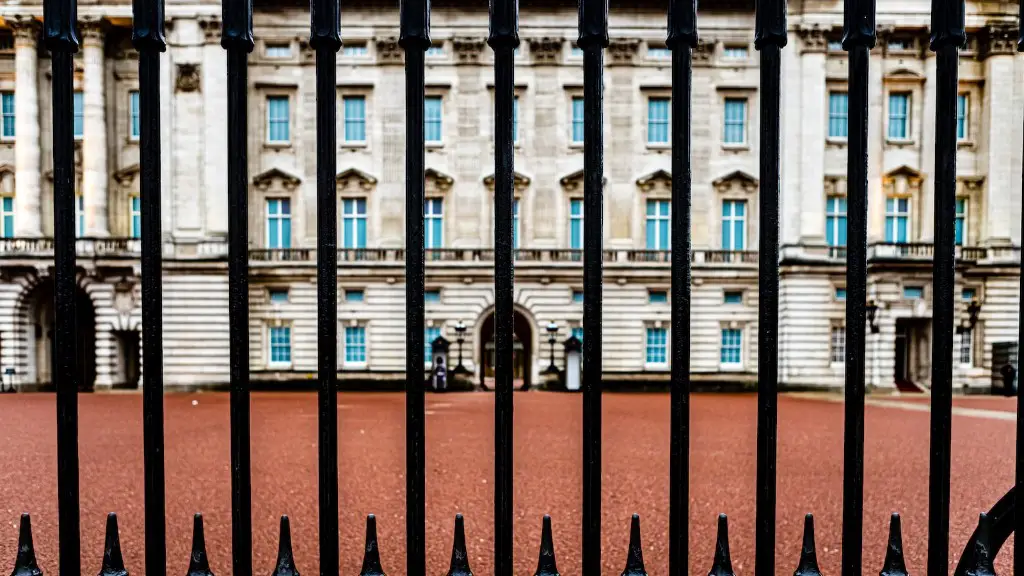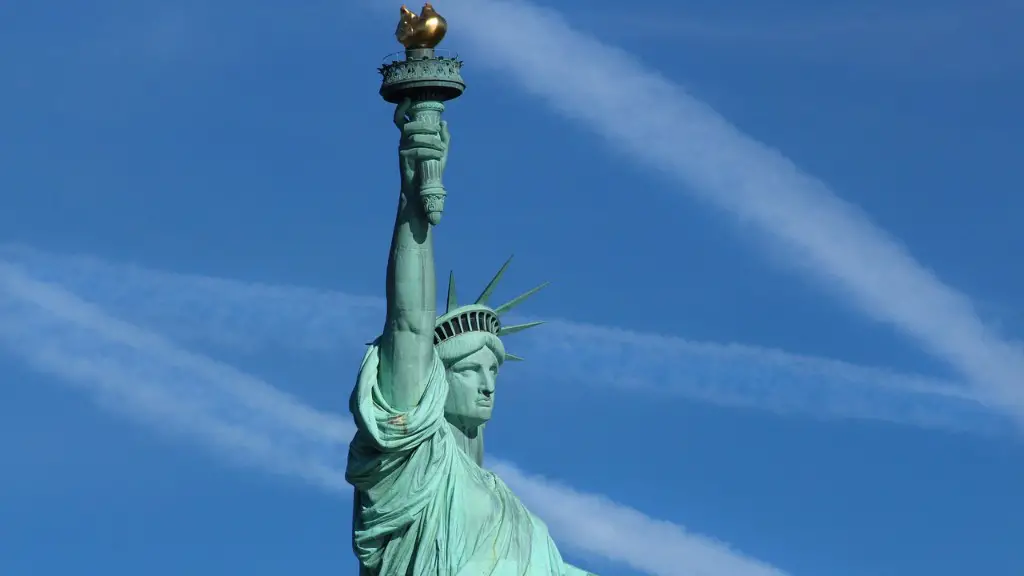How Fit Do I Need to Be to Climb Kilimanjaro?
Climbing Mt. Kilimanjaro is a unique experience, and it is not one to be taken lightly. With an elevation of 19,000 feet, Mt. Kilimanjaro is the tallest free-standing mountain in the world and could very well be the most physically demanding challenge of your life. To make it to the summit, you need to be in decent physical condition, but exactly how fit do you need to be?
Kilimanjaro is actually very doable for most people in reasonable health, regardless of your physical fitness level or age. Preparation is key before climbing and it pays to set realistic goals. You need to be able to carry your own gear in a daypack and complete a 6-7 hour summit ascent and then descend. As long as you are physically sound and well-prepared, you are likely to do fine.
To efficiently manage the physical demands of the trek, start a development program that includes aerobic and anaerobic exercises at least six months ahead of the climb. A cross-training program made up of exercises and activities say, three days a week, that includes running, swimming, cycling and strength training, is a great way to get a good aerobic and anaerobic workout. It will also help you get used to exercising in the high altitude environment.
According to medical professionals, Kilimanjaro is much easier if you are already fit, and regular aerobic trainings for a few months in advance should help you stay fit for the climb. Active hiking in challenging terrain, carrying a heavy backpack with weights, is a great way of preparing for the trip. Engaging in such activities provides both physical conditioning and also helps you get used to the process of walking and carrying a backpack.
It is good to be aware of the fact that even if you are in mediocre shape, it is possible to climb Kilimanjaro. Some people manage to reach the peak despite the bitter cold and the high altitude without any special exercises. However, without proper physical conditioning, your chances of making it to the top diminish significantly.
Climbing Kilimanjaro is a challenge, and it should be approached as such. It requires patience, endurance and discipline. With steady training and proper preparation, even someone in poor physical condition can succeed in his Kilimanjaro quest.
Nutrition
Nutrition is just as important as physical activity before, during and after climbing Kilimanjaro. It is essential to maintain a healthy, balanced diet in the weeks leading up to the climb. You should try to cut down on junk food and focus on natural, organic foods full of vitamins, minerals and other essential nutrients.
Make sure that your diet is packed with fiber, healthy fats, complex carbohydrates, and lean proteins. Eat plenty of fresh fruits and vegetables that are rich in vitamins and minerals. This abundance of vitamins and minerals will help keep your energy up during your time on the mountain. Whole grains, pulses, apples, bananas, eggs and citrus fruits are recommended.
The food available in the mountain huts is limited to basic staples. Some lodges may provide some meat and other high calorie, carbohydrate-rich food. It is best to carry some snacks with you for the hike, such as energy bars, protein bars, dried fruits and nuts, as energy bars and snacks can be extra fuel during the long days of trekking.
Rest Days
It’s just as important to get plenty of rest before, during, and after your Kilimanjaro climb. Adequate rest helps your body to recuperate from strenuous activity and stay energized throughout the climb. You should allow yourself some rest days before the climb in order to become acclimatized and acquire a decent sleep pattern.
When climbing the mountain, it is important to build in rest days. A rest day doesn’t necessarily mean you are resting your entire day. The rest days should be used to do light hiking and visiting some scenic spots near the routes. Even if you are not as fit as you would like to be, you should still consider taking a few days off during the climb. Do not forget to stay hydrated and drink plenty of fluids.
Altitude Sickness
Altitude sickness is a form of acute mountain sickness, and is a relatively common condition at high altitudes. Symptoms include headache, nausea, fatigue, dizziness and reduced appetite. If you climb too fast, your body does not get enough time to acclimatize to the high altitude and altitude sickness can arise.
The most important thing to remember is to climb slowly. You should try to spend more days at lower altitudes. You should never attempt to climb too fast. Don’t expect to reach the summit in one week and try to give your body time to acclimatize. After a few days at altitude, your body and lungs will become accustomed to the high altitude and the symptoms will subside.
Clothing and Gear
Having the right type of clothing and gear is a key factor in making your Kilimanjaro climb a success. It is essential to be well-prepared and pack the right clothing and gear, such as waterproof clothing, hiking boots, first aid kit, thermal clothing, and a sleeping bag.
You should dress in several thin, lightweight layers that can be added or removed depending on the weather. All your clothing should be made from breathable fabrics such as fleece or wool and all outer layers should be waterproof. Also, be sure to take plenty of socks, warm underwear and a hat.
Kilimanjaro with a Guide
Hiring a reputable guide to lead your Kilimanjaro climb is one of the most important decisions that you can make. Guides can help you with every step of the way, from planning to proper pacing and nutrition. They also carry a wealth of knowledge about the mountain, such as routes and best campsites, that can help make your climb a success.
A good guide will provide leadership and will be a great source of motivation during the tougher stages of the climb. He or she can make the most of your trip and add real value, providing assurance and peace of mind. When selecting a guide, it is important to do your research and make sure they have the necessary credentials and experience.
Conclusion
Climbing Kilimanjaro is a unique experience and it requires proper preparation, both mentally and physically. Being fit is important for the success of the climb, but with proper planning and preparation, even people in poor physical condition can reach the summit. With regular aerobic and anaerobic training, and by focusing on nutrition and rest days, even the most unprepared can make it to the top.

